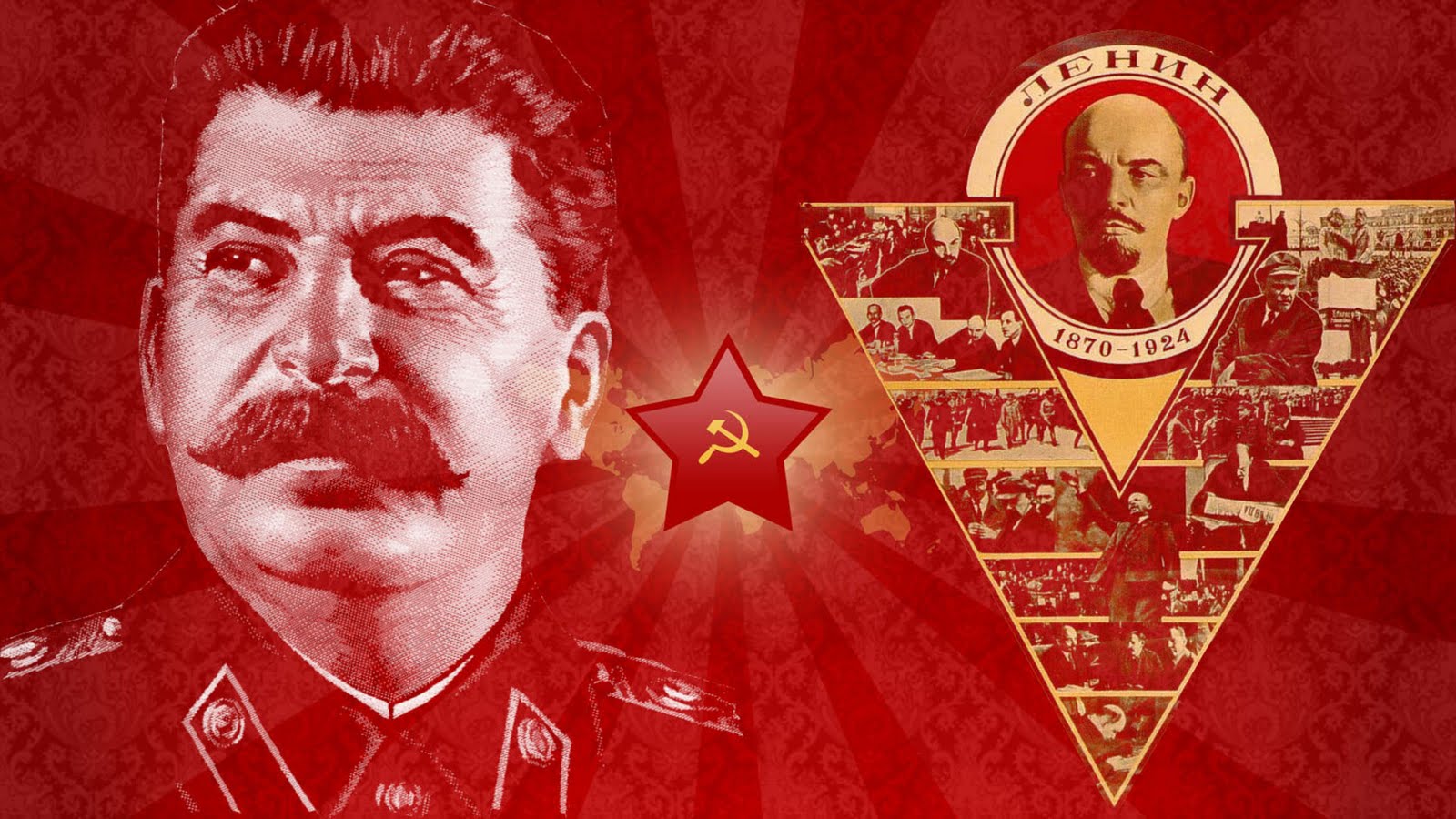In 1968 Macmillan Company published Robert Conquest’s The Great Terror: Stalin’s Purge of the Thirties, which was quickly acknowledged as the authoritative work on the subject. I’ve just finished reading the fortieth anniversary edition titled The Great: A Reassessment (Oxford University Press, 2008), which is slightly revised and contains a new preface (as well as the old preface and an introduction). If you’re only dimly aware that Russia in the 1930s was the source of all totalitarianism since ― in recent years, think Saddam Hussein and North Korea’s Kim dynasty ― reading this book is essential to understand just how pervasive terror was in Russia during that time. Even after the show trials and purges receded from their peak years, terror continued to serve as Stalin’s go-to technique for eliminating opposition within the party, fortifying his rule, and controlling the state.
While, as with Hitler, the purges were testimony to how much evil one man can generate ― he routinely had family members of those arrested killed and imprisoned ― they were also a function of Communism and revolutions in general, usually the work of a few. Lenin even said, “We have failed to convince the broad masses.” It wasn’t long before the proletariat had become not only secondary, but simply a tool to be manipulated by the state to keep the Communist party ― or more to the point, Stalin ― in power.
I hope to post more about The Great Terror in the future, but, for now, would just highlight a key irony. You’ve heard of self-fulfilling prophecies ― Stalin’s purges were a a self-fulfilling justification. Originally motivated to arrest and kill his opposition by the threat of Trotsky, the more Stalin arrested and killed, the more opposition within the party grew. As Conquest wrote, “Stalin’s policies created a vast pool of potential treason.”
Thus, the more Stalin thought he had to kill. Of course, the flaw in that justification was that, such was Stalin’s hold on power, he was never seriously threatened anyway.

